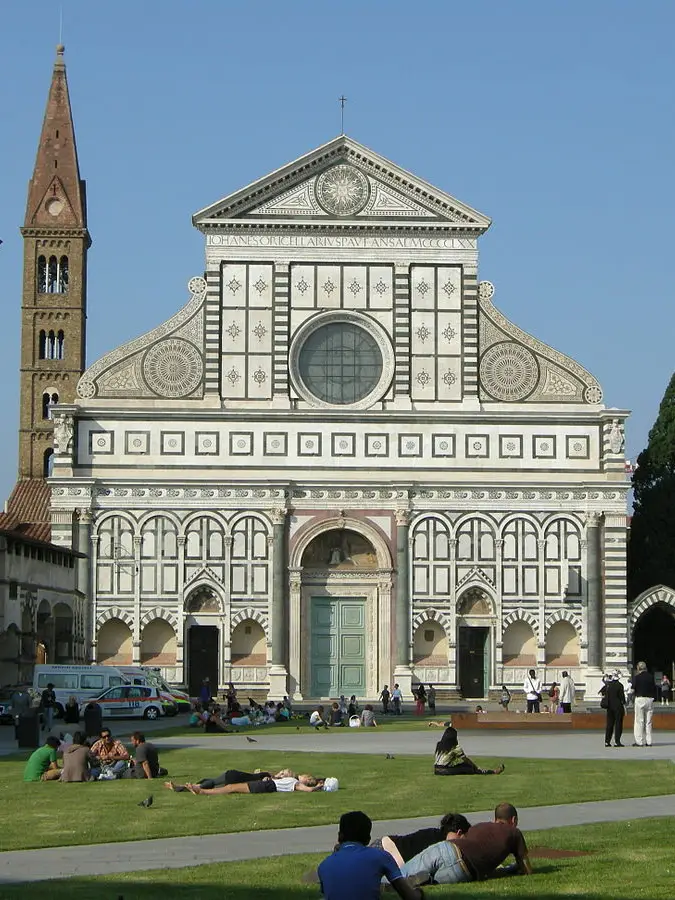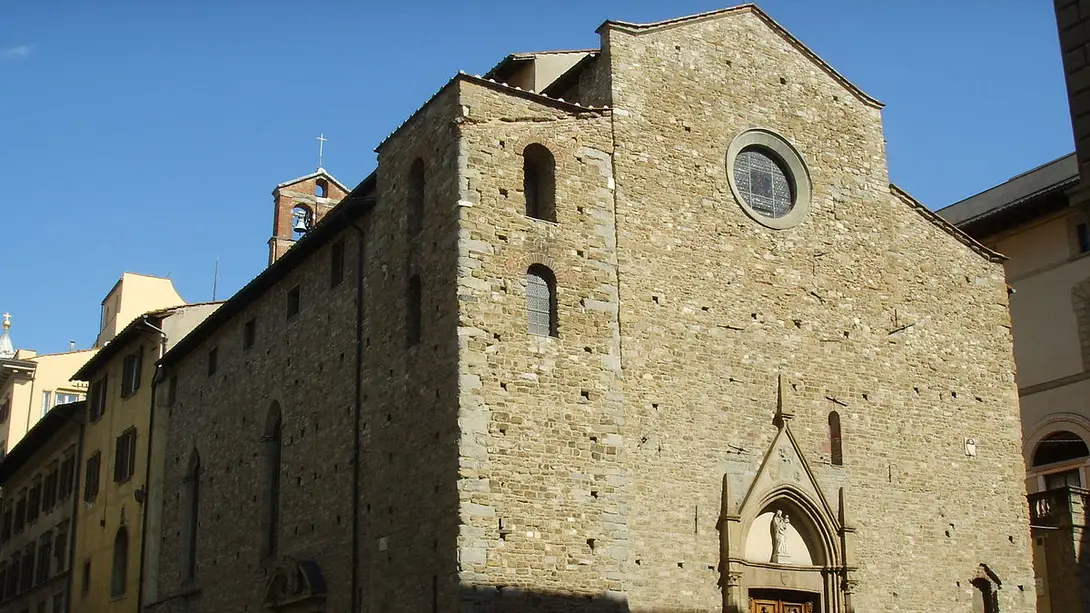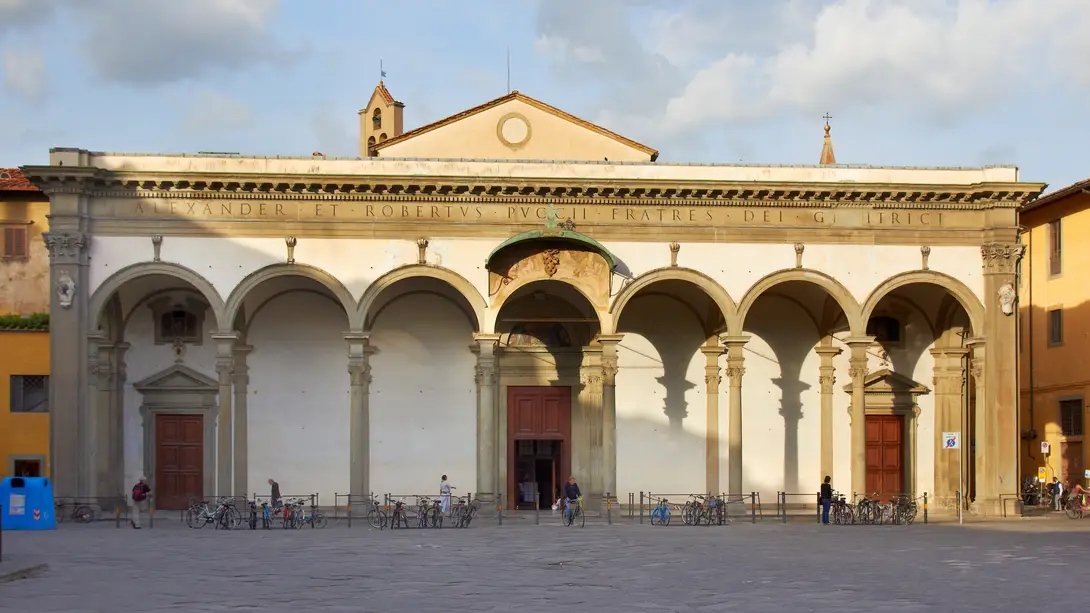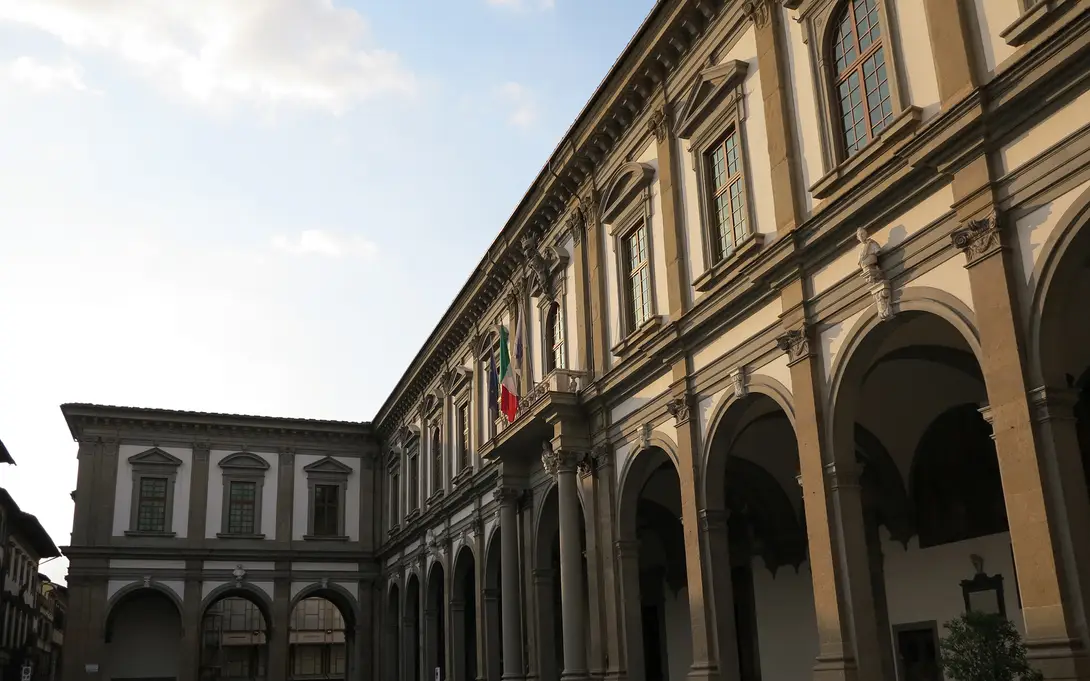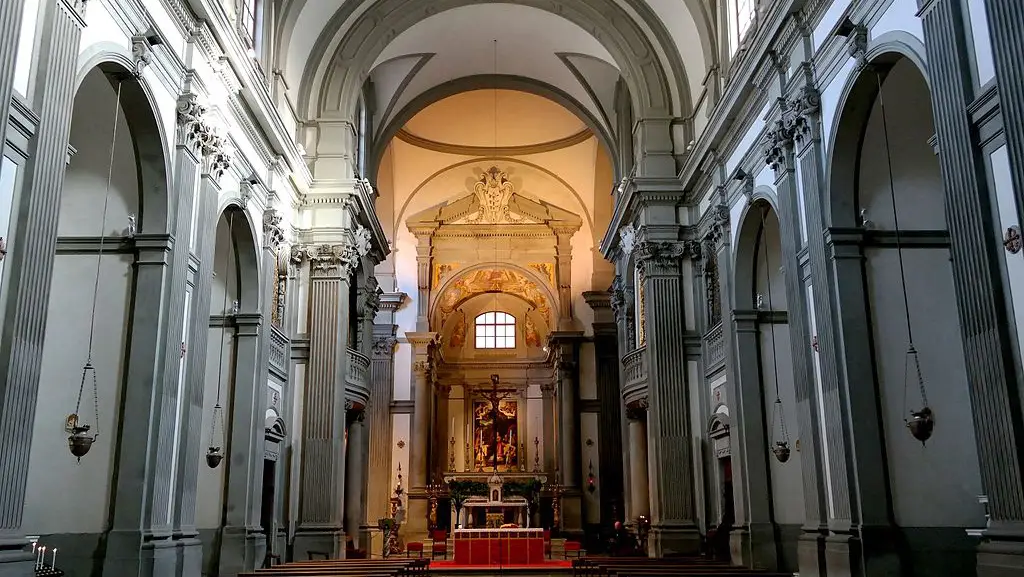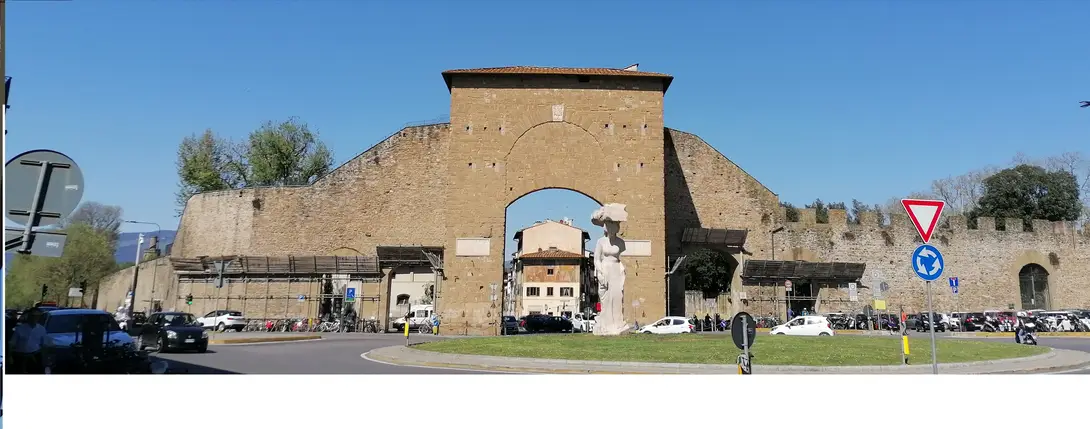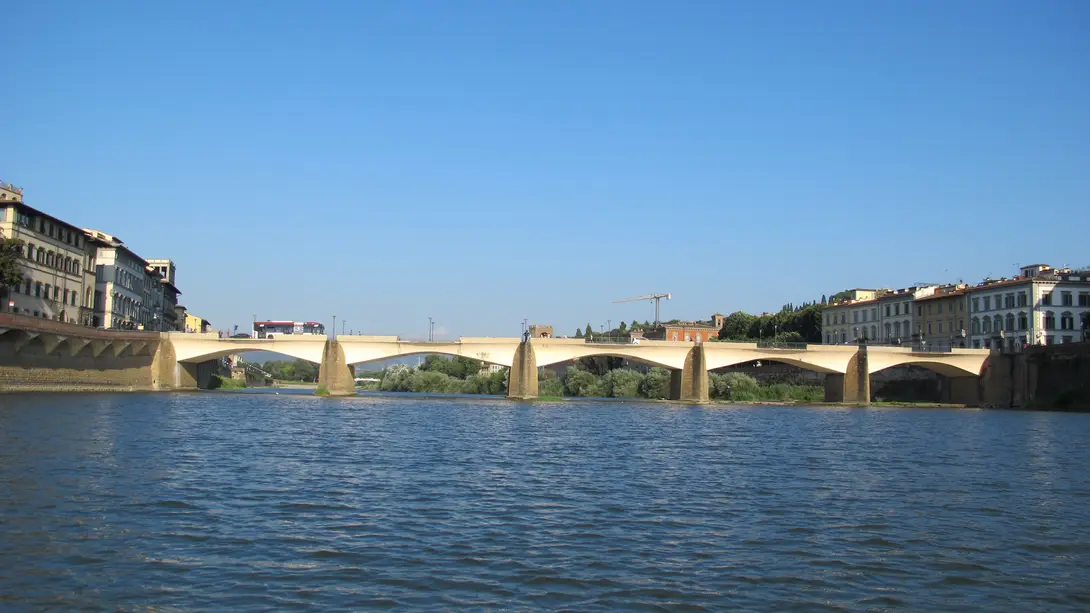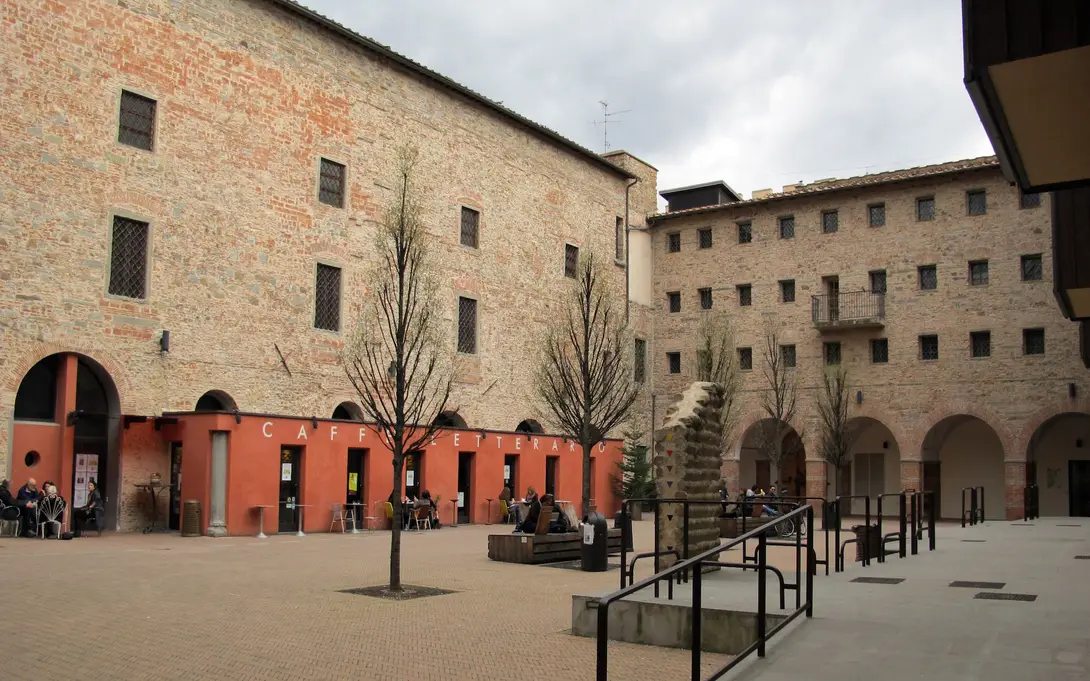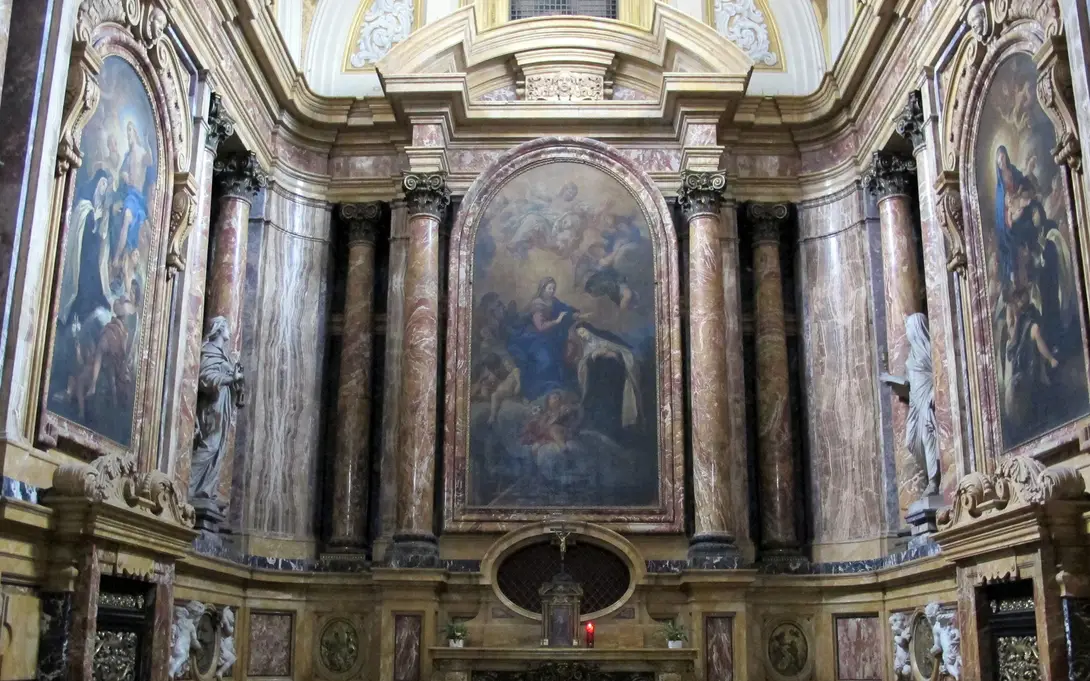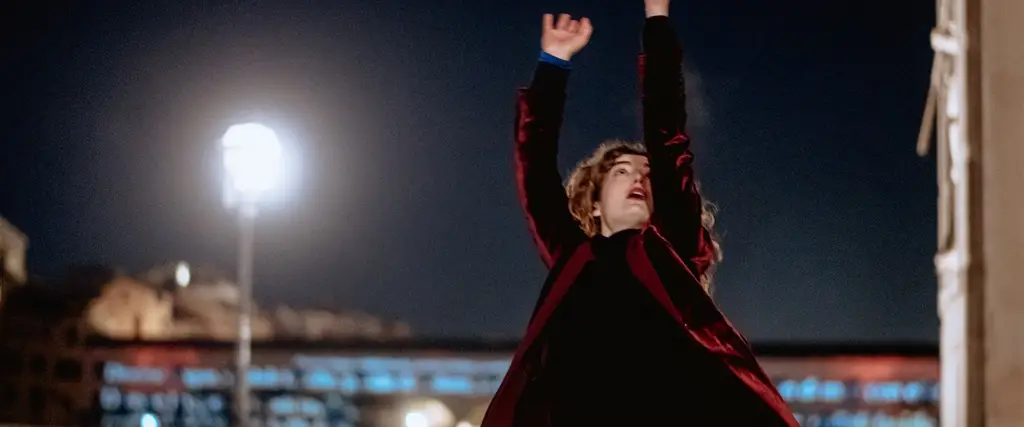
Florence of women and women in Florence. Three routes
The theme of female toponymy is extremeley interesting: few streets and squares are named after women, as if recognition of lives worth living were the prerogative of men only.
Taking a census of streets dedicated to saints, madonnas and 'normal' but nevertheless exceptional women is something that various associations and groups do, what we are proposing here are three tourist itineraries, absolutely out of the ordinary, developed by the Association l'Erba Canta on the topic of women who have lived in Florence or to whom Florence has dedicated a public place. A project, this one of Donne a Firenze, which is also an omen for all the stories that have yet to be written.
Marian Florence: an itinerary of about 5.5 km in places of devotion to Mary, among streets, churches, tabernacles and works dedicated to the mother of Jesus.
The way of women saints: a 4.5 km itinerary to encounter the lives of the saints and the places of refuge, prayer and conversion.
Florentine anonymous women: an itinerary of about 4.5 km in places that evoke the lives of commoners, malmaritates, noblewomen, nuns, prostitutes and beguines.
Each of these itineraries is combined with an 'off-route' to extend the tour.
The routes are accompanied by a map created for the occasion, where for each woman mentioned there is a short biographical note.
Further information on the website www.erbacanta.it
Comune di Firenze
Useful information
The places
Stages
Piazza Santa Maria Novella
The creation of Piazza Santa Maria Novella dates back to the end of the 13th century, the beginning of the 14th century, in parallel with the construction works of the grandiose Dominican complex of the Basilica of Santa Maria Novella. The Preaching friars had arrived in Florence in 1219 and the small original church (located outside the 12th century city walls) had soon proved insufficient for the needs of the Order, which had become very popular and powerful. The new construction site, started in 1278, was completed only in the mid-14th century. The large external space in front of the facade becomes functional for preaching, the favored instrument of the Dominicans in the fight against heresy.
During the fifteenth century, the splendid façade of the Basilica was completed was created by Leon Battista Alberti in Renaisance style; of the same period is the Loggia, on the other side of the square, of Saint Paul Hospital, where currently the Museo Novecento is housed: an important collection of 20th-century Italian art and an excellent exhibition centre. The two sixteenth-century obelisks, at the ends of the square, were once used as "landmarks" for the Palio dei Cocchi (a horse-drawn chariot race), an ancient popular tradition of Florence.
With its elegance and grandeur, the square is one of the most evocative spaces in all of Florence, often the scene of important events in city life.
Chiesa di Santa Maria Maggiore
The church of Santa Maria Maggiore is one of the oldest in the city and dedicated to the Virgin Mary. It has a rough exterior in pietra forte; the first building was in Romanesque style while its present Gothic Cistercian form includes the Romanesque belltower in the façade.
Basilica della SS. Annunziata
The basilica is the main Marian shrine in Florence. It was founded in 1250 by the "Seven Saints" of the order of the Servants of Mary; with its facade, contiguous to the Brunelleschi's facade of the Spedale degli Innocenti, it constitutes one of the sides of the scenographic, homonymous square.
The frescoed cycle of the Chiostrino dei Voti, before the entrance to the church, is an anthology of the early Florentine mannerism, with fine frescoes by Andrea del Sarto, Pontormo, Rosso Fiorentino.
he interior, mainly decorated in the Baroque era, contains numerous masterpieces, including the highly venerated fourteenth-century image of the Annunciation, inside the temple designed by Michelozzo.
On the occasion of the Jubilee 2025 the basilica is a jubilee church.
Museum of Santa Maria Nuova
On June 23, 1288 Folco Portinari, the father of Beatrice, the woman who inspired the poetry of Dante, donated the land in Florence upon which the Santa Maria NuovaHospital was to be built. It is an example of the highest excellence in the Italian artistic, cultural and healthcare heritage. In fact, it is the oldest hospital in the world that is still in operation.
The complex consists of several cloisters, and contains an unsuspected chapel by Buontalenti and frescoed by Allori, one of the hospital's many treasures.
Santa Maria Nuova holds over 700 works of art, including important paintings, frescoes, sculptures and furnishings, and some of the greatest artists of all time have passed through its doors. One of them was Leonardo da Vinci.
Chiesa di Santa Felicita
Santa Felicita is an important church in Florence located in the Oltrarno district a few steps after Ponte Vecchio.
As soon as you enter, on the right (in the Brunelleschi Cappella Capponi), you can admire an absolute masterpiece of Florentine mannerism: the sublime Deposition by Pontormo, to whom the nearby Annunciation (about 1525) is also due. The church also preserves numerous fourteenth-century works. The path of the Vasari Corridor, which "crosses the church", is clearly visible from both inside and outside.
Porta Romana
Porta Romana, founded in 1328, is the largest gate in Florence after San Frediano; in ancient times, it allowed people to leave the city in the direction of Siena and Rome.
The central lily, a work by Giovanni Pisano in 1331, is made of marble, while the two side headstones, also in white marble, commemorate the visit of the Medici Pope Leo X in 1515 and the Holy Roman Emperor Charles V in 1536.
Today, there are five openings around the door; in the past it was only the one on the left, the other four were added in 1930 to facilitate the traffic and the access to Boboli Gardens.
Finally, there were originally statues on the outside of the door, but today only those of the Madonna and Child, St. Peter and St. Paul remain, which we can admire today under the steps of the courtyard of the Bargello Museum.
Ponte alle Grazie
Ponte alle Grazie was the third bridge to be built after Ponte Vecchio and Ponte alla Carraia. Its first name was "Ponte Rubaconte" after the Podestà at the time of its first construction (1237). The present name derives from the chapel of "Santa Maria delle Grazie", located on the bridge since the 14th century, where the image of the saint was worshipped; among the numerous religious buildings that characterized the bridge the one of the cloistered nuns "Le Murate" (then moved to Via Ghibellina) is worthy of mention. During the 19th century from one of its "shops" it was possible to reach the river and use the "public baths" real bathing estabishments of the time.In 1944 the bridge - like all the others, with the exception of the Ponte Vecchio - was destroyed during the Nazi retreat. The present bridge was inaugurated in 1957.
Le Murate
In the former Florentine prison of the Murate, in the area between Santa Croce and the viali di circonvallazione (ring roads), an urban upgrading plan has been implemented on the basis of a project by architect Renzo Piano. The result of that has been the creation of a housing complex, two new squares (Piazza Madonna della Neve and Piazza delle Murate), a covered gallery where visitors can find art galleries, a book shop and the well-known Box Office, besides two popular bars, a pizzeria restaurant and a Literary Café.
Chiesa di Santa Maria Maddalena de' Pazzi
The foundation dates back to 1257, dedicated to Santa Maria Maddalena delle Convertite, in the place where there was already a home for women with bad reputation who followed the rule of San Benedetto; later on the structure passed to the Cistercians of Badia a Settimo, who settled there only in 1442. In 1629 the Cistercian monks literally exchanged ownership with the Carmelites of San Frediano in Cestello. The nuns also brought with them the mortal remains of the sister Maria Maddalena de 'Pazzi who in 1669 was beatified and thus gave the church its name.
Inside you can admire works by Carlo Portelli, Alfonso Boschi, Domenico Puligo. Of particular interest are the martyrdom of Saints Nereo and Achilleo by Domenico Passignano and the large altarpiece by Cosimo Rosselli depicting the Coronation of the Virgin. In the Chapter Room there is the famous Crucifixion by Perugino.
